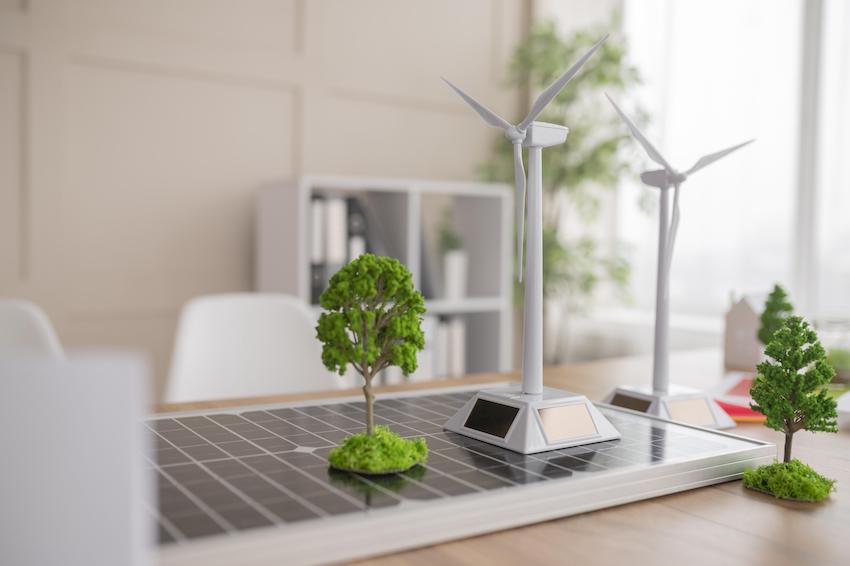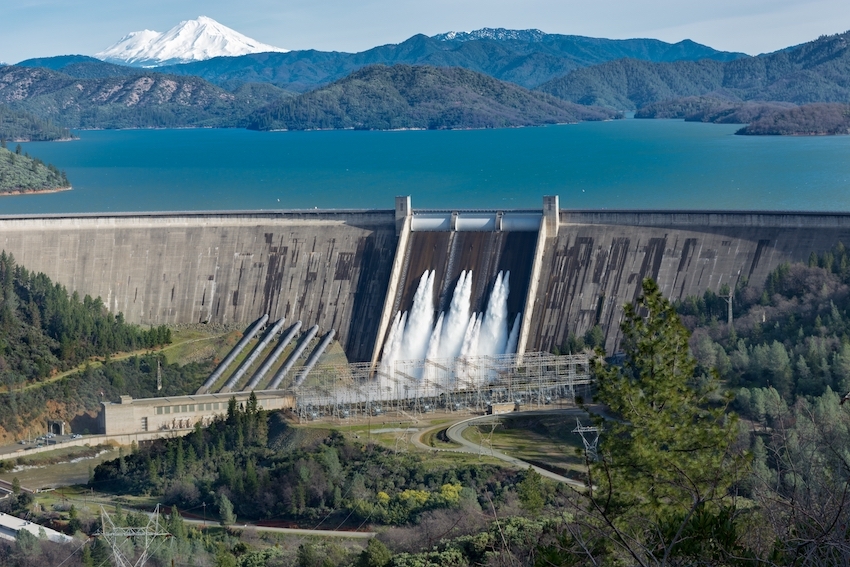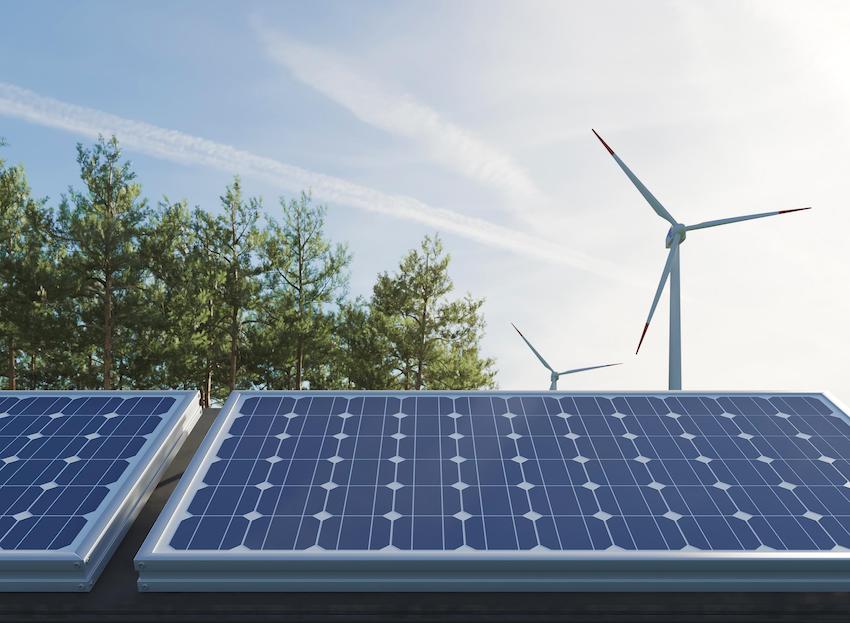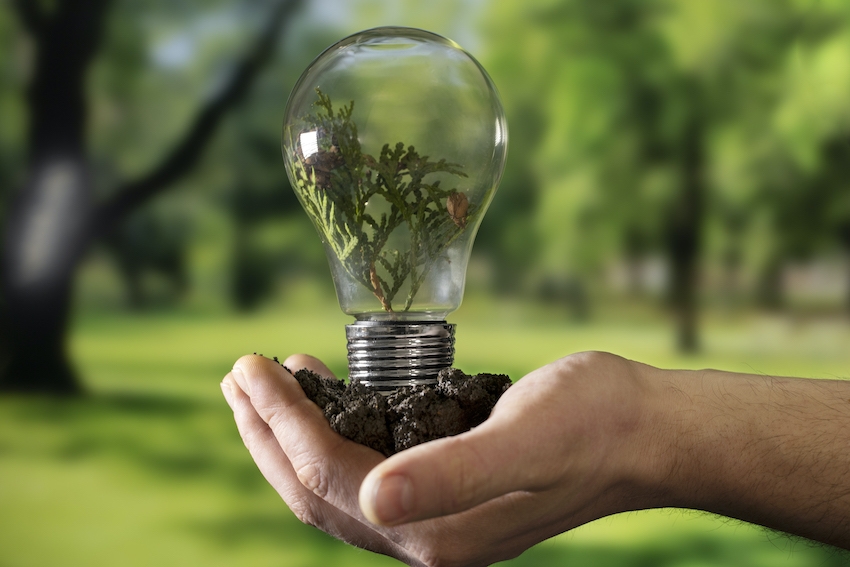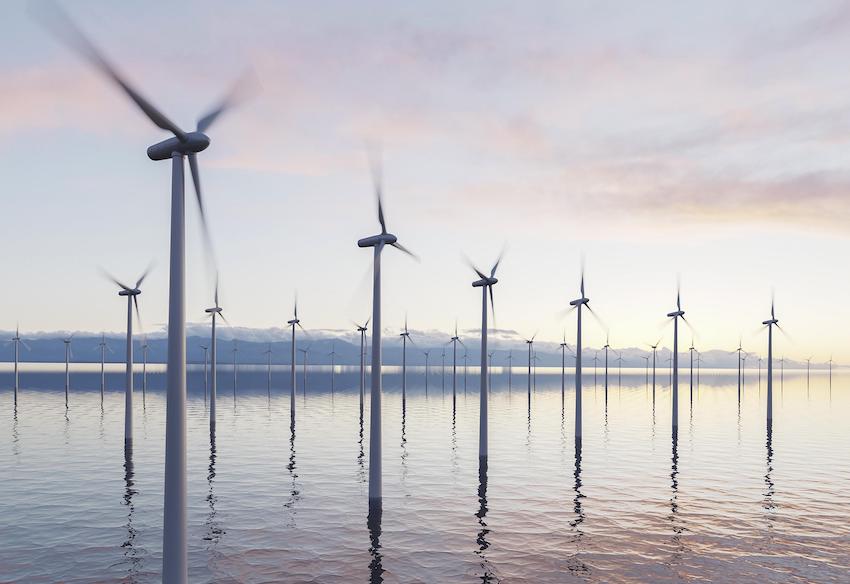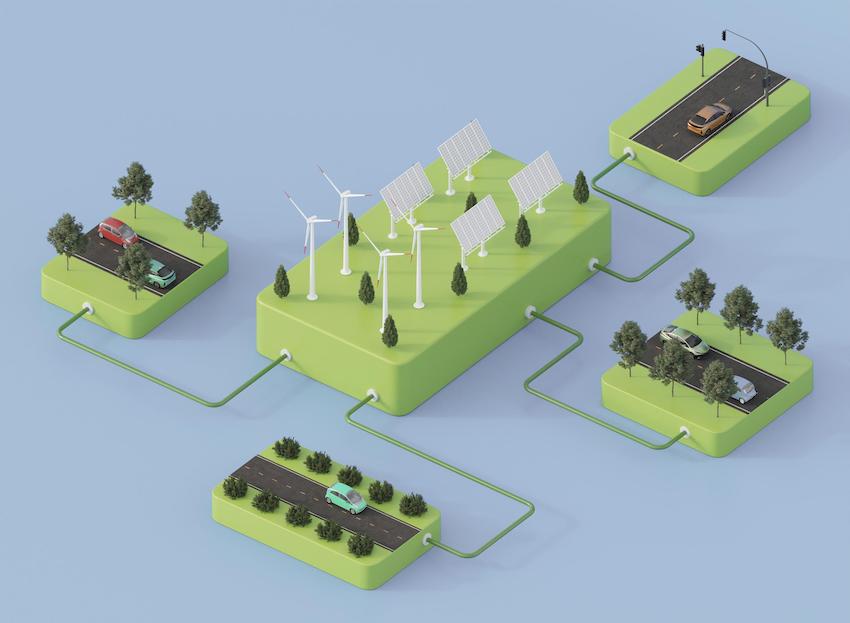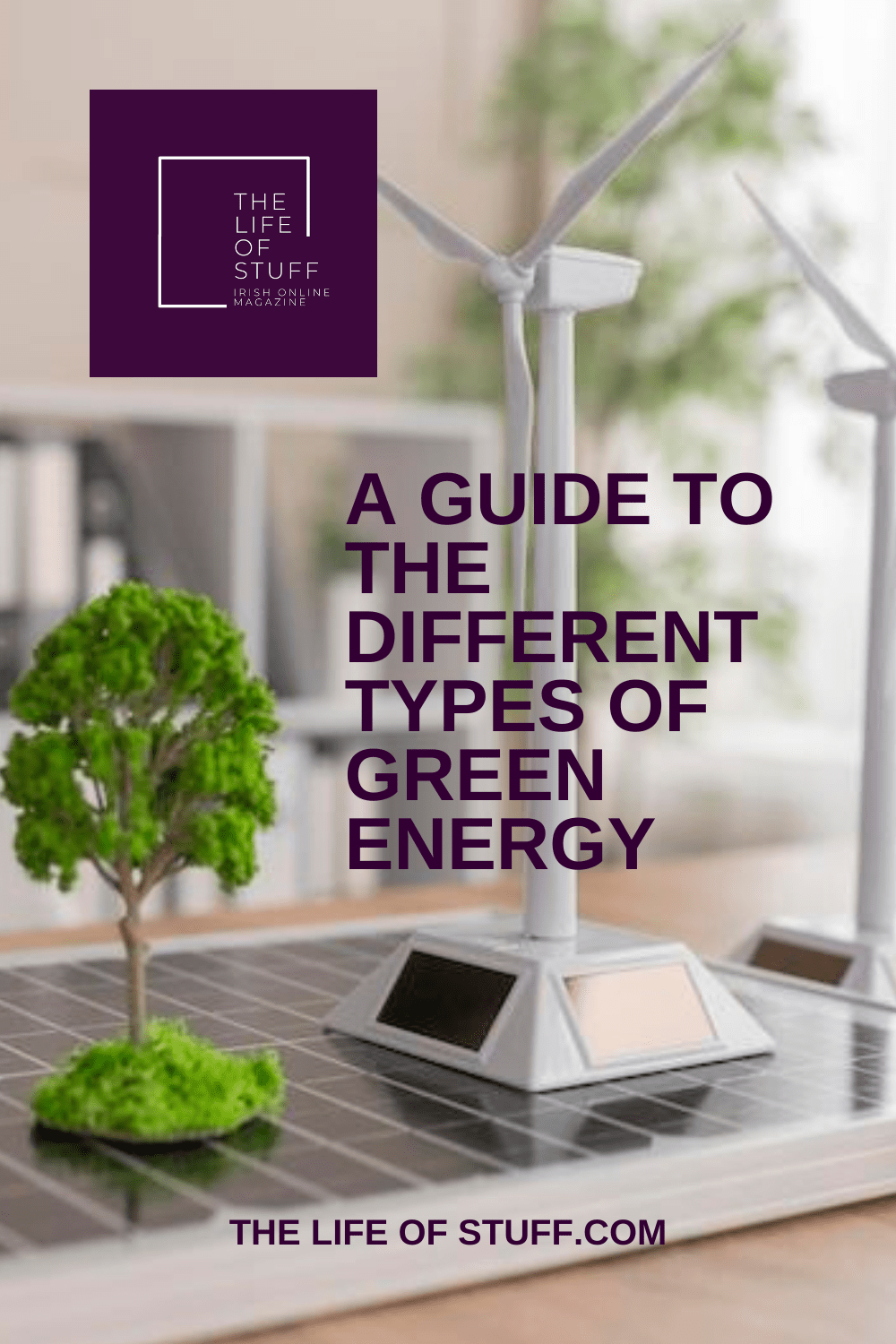The Different Types of Green Energy
Are you interested in encouraging renewable energy for your home but need help figuring out where to start? Many people shy away from going green due to requiring more knowledge about available energy sources.
Sound familiar? If yes, then we’re here to help you out. Below, we’ll provide a rundown of some of the most common types of green energy and some tips to help you get started.
Without further ado, here’s our Green Energy Guide 101! Let’s get into it!
What Is Green Energy?
You can obtain green energy from renewable sources such as water, sun, wind, and organic matter. It can generate electricity, refrigeration, air conditioning, and even transportation. Also, green energy is an excellent way to:
- Reduce greenhouse gas changes
- Increase energy security
- Reduce dependence on fossil fuels
- Lessens air pollution
Additionally, it allows us to protect our environment while still utilizing energy sources for our needs. However, the transition from fossil fuels to green energy will require investments in research and infrastructure, but the payoffs will be worth it in the end.
As more and more households and businesses switch, the environmental benefits are becoming more and more evident.
The Most Common Forms of Green Energy
Geothermal Energy
Geothermal energy is created by extracting heat from the Earth’s crust. This heat is then turned into energy used for:
- Heating homes
- Generating electricity
- Providing hot water
This type of energy produces minimal emissions, which makes it a very eco-friendly and sustainable energy source. In addition, these systems are incredibly efficient due to one energy source being used to create multiple power sources.
Since it is naturally occurring and relies on the Earth’s temperature, using geothermal energy is a great way to reduce the amount of polluting energy humans use.
Further, it is reliable and even more efficient in areas with lower temperatures. Overall, geothermal energy is an excellent way to use green energy and reduce the utilization of harmful energies.
Hydro Energy
Green energy is becoming increasingly popular as a renewable, clean energy source. Hydro energy is one of the most notable types of green energy. It uses water to generate electricity, which you can obtain through various sources.
It is usually generated using turbines and generators to transform the kinetic energy from water flow into electricity. You can obtain it by extracting energy from the movement of water retained in reservoirs.
Its efficiency and cost-effectiveness also make it a high-value form of energy production. Its variability means it is widely available worldwide and can be used locally.
Hydro energy offers potential for the future as it is scalable and will be a valuable resource in fighting climate change.
Solar Energy
Solar energy is power from the sun captured and used as a renewable, clean, and sustainable energy source. It is the most abundant source, providing over 150,000 terawatts of energy to power the entire planet.
It is incredibly efficient, with some panels reaching up to 22% efficiency. It is also versatile, as you can use the energy to power homes, vehicles, industries, public transport, and more.
Further Reading: Sustainable Saving with Energy-Efficient Windows And Doors
Additionally, it produces no emissions or pollutants and requires no fossil fuels. In addition, it is cheap and efficient, which can help reduce energy costs in the long run.
You can use solar energy can be used to heat and cool buildings directly via heating and cooling systems or indirectly through the use of solar-powered collectors. You can use it to produce hydrogen fuel and energy for specific agricultural processes.
In short, the potential of solar energy in various sectors is immense, and its use is only set to expand over the coming years.
Biomass Energy
Biomass energy is usually obtained from renewable sources of plants and animal organic waste materials. This energy source is gaining attention due to its clean nature and ability to reduce pollution.
Organic matter, such as energy crops, manure, and agricultural waste, is its primary energy source. Through a process of combustion, the organic matter is burned and converted into heat or electricity.
You can then use the resulting heat or electricity for:
- Heating
- Electricity production
- Cooking
- Processing food
- Variety of other needs
As the world’s demand for energy continues to grow, so does the need for this clean energy. Additionally, it is a viable option as it generates fewer carbon emissions than many other forms of energy production.
Finally, it is highly flexible, which makes it suitable for a wide variety of applications. As nations worldwide work to reduce their dependence on fossil fuels, biomass energy will become increasingly important in meeting the world’s growing energy needs.
Tidal Energy
Tidal energy is typically generated from the tides’ movement caused by the Moon’s and Sun’s gravitational pull. This energy is a potentially vast, clean, and sustainable resource that has been used for centuries.
Also, you can use it to generate both electrical and mechanical power. During a tidal cycle, water flows into and out of the ocean, creating a movement of tidal waves.
Harnessing this energy requires the construction of tidal barrages. It creates hydroelectric power and pumping stations which drives the tidal water through pipelines and turbines.
Tidal energy is emission-free, but the geography of the area and the tides limit it. It is essential to consider this when using this type of energy instead of other renewable resources.
Further Reading: Sustainable Living – 5 Easy Ways To Lower Your Household Bills
Wind Energy
Wind energy is one of the most versatile forms of energy to tap into for large-scale electricity production. It’s a viable source that will stay out like the emission-producing sources.
Energy is created through the kinetic energy of the wind as it moves, which can be tapped with wind turbines. It will capture the wind’s energy and use it to create electricity that can then be stored and distributed.
In addition, it is typically in a hybrid system with power grids for commercial or residential use. Wind energy offers many benefits, which include:
- It has a low environmental impact
- It provides a more reliable source of energy
- Can reduce costs
Overall, it is essential to a cleaner future, and advancements continue to bring new opportunities to the production and implementation of the technology.
Ocean Energy
Ocean energy is the collective term for energy sources generated from the ocean. This energy describes the potential energy stored in ocean water in several forms, such as:
Ocean Thermal
Ocean thermal energy involves using the differences in temperature between surface waters and deeper water sources to generate power. This energy can be used as a source of electricity and desalination.
Additionally, it has the potential to provide an abundance of clean, reliable, and renewable energy. The ocean is a vast and powerful natural energy source, particularly at certain times of the year.
It is when surface temperatures are warm, and the deep waters are calmer. It uses the warmth of the ocean’s surface water to heat a working fluid such as ammonia, which is then used to drive a turbine and generate electricity.
On the other hand, ocean energy can also power desalination, further improving its usefulness as a renewable source. As technology continues to improve, this technology will likely become more prominent in renewable energy use.
Further Reading: Sustainable Living – 6 Essential Hacks for a Clean Healthy Home
Ocean Mechanical Energy
This type of ocean energy is usually generated from the movement of ocean water, specifically from the flow of ocean currents, tides, and waves. Building turbines or similar devices in the ocean can harness this mechanical energy.
You can use this to generate electricity or power other machines. In addition, it is considered a vital renewable energy resource due to its potential to create vast amounts of energy with minor environmental damage.
Also, it is an essential energy source for offshore energy production, such as wind and wave farms, for use in coastal and island communities. Overall, it is also an abundant natural resource that you can use to increase social stability in many parts of the world.
Nuclear Energy
Nuclear energy is a form of energy generated by splitting atoms in a nuclear reaction. It releases massive amounts of energy and can be harnessed and used in many ways.
When the nucleus of an atom is split, it causes a release of energy in the form of both heat and radiation. You can use this energy to generate electricity and power various activities.
Additionally, it is efficient, cost-effective, and relatively clean compared to traditional energy forms like oil and coal. It is now used globally as an essential part of many countries’ energy portfolios.
It allows for significant carbon emissions reductions and more efficient electricity production. Finally, it is a reliable form of energy and, with modern safety measures, can be used to power society for generations to come.
Why Is Green Energy Important?
Green energy is essential because it can save the environment and be an alternative to traditional energy sources. Renewable energy sources, such as solar, wind, and hydroelectric power, do not emit pollutants.
In addition, they don’t cause dramatic increases in global temperatures as traditional energy sources do. Additionally, they do not harm the Earth in the form of acid rain, oil spills, or other environmental disasters like mountaintop removal.
Moreover, using green energy sources can decrease our dependence on fossil fuels while cutting our carbon footprint. Green energy is essential for the following reasons:
- The health of our planet
- Economic savings
- Environmental stability
- Ensuring a sustainable energy future
With these, we can generate electricity without burning fuels or emitting gases. It can provide much more sustainable and cost-effective energy than conventional energy sources.
Which Type of Energy Works Best?
Knowing which type of green energy works best can vary depending on the situation and purpose of using power. Wind energy is best in areas that have consistent wind and open spaces.
Solar is for areas that get a lot of direct sunlight, and hydro is for those with abundant water flow. In addition, geothermal works in areas with great geothermal resources, such as volcanoes and hot springs.
However, biomass is the most commonly used type of green energy to replace burning fossil fuels. At the same time, wave and tidal power depend on their patterns as an energy source.
Therefore, knowing which type of green energy works best depends on the area and purpose of the power user.
Which Type Is the Most Cost-Efficient?
Solar energy appears to be the most cost-efficient green energy available. It is because it has the lowest cost per kilowatt hour of other sources.
Additionally, solar energy is abundant and accessible in most parts of the world. It makes it the ideal option for households, businesses, and communities looking to switch to green energy economically.
By switching to solar energy, you will drastically reduce costs, and the environment will benefit greatly. If you’re considering this, it is best to find a local solar company and talk to a solar expert to light your way toward switching to renewable energy.
A Guide to the Different Types of Green Energy
The future of green energy is promising. We can use today’s technologies to reduce our carbon footprint, create better infrastructure, and produce more renewable energy sources.
Knowing the differences between the types of green energy will help you make an informed decision. Now is the time to invest in a cleaner future and make the changes necessary to protect our world.
Please take action today to make green energy the reality of our future! If you find this article helpful, check out the rest of our blog now!
Photos by freepik.com
PIN: A Guide to the Different Types of Green Energy
Follow The Life of Stuff on Facebook | Twitter | Pinterest | Instagram

